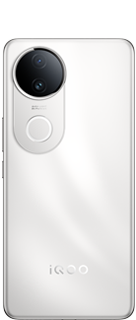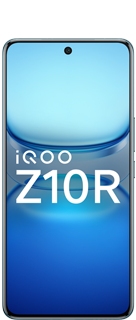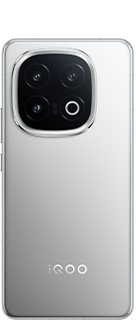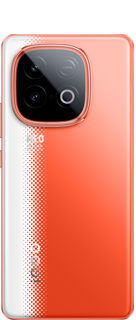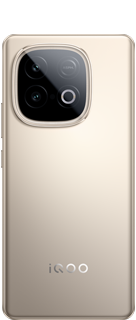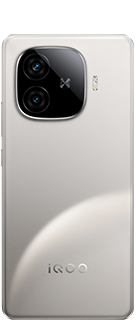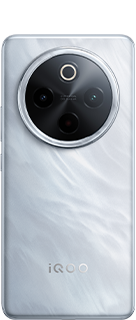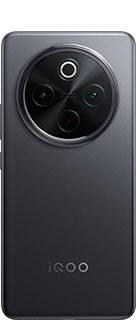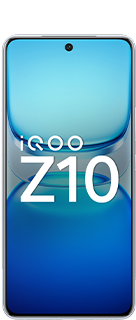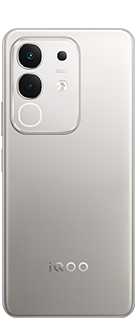Camera Settings: ISO, Shutter Speed, and Aperture
Hey, check out Understanding Camera Settings
Mastering your camera settings is crucial for capturing the perfect shot. Three essential settings—ISO, shutter speed, and aperture—work together to control exposure and image quality. These are often referred to as the "exposure triangle."
ISO
ISO controls your camera's sensitivity to light. A lower ISO (e.g., 100) works well in bright conditions, providing clean, sharp images. However, in low-light situations, a higher ISO (e.g., 1600 or 3200) is necessary to avoid underexposure. The trade-off is that higher ISO values introduce noise (graininess) into your photos. Finding the right balance is key to maintaining both brightness and image quality.

Shutter Speed
Shutter speed refers to how long your camera's shutter remains open, allowing light to hit the sensor. A fast shutter speed (e.g., 1/1000s) captures sharp, freeze-frame action, ideal for fast-moving subjects like sports or wildlife. Conversely, a slow shutter speed (e.g., 1/30s) lets in more light and creates motion blur, which can be used creatively to show movement, such as in flowing water or busy streets at night.

Aperture
Aperture controls the size of the opening in your lens, which affects both the amount of light entering the camera and the depth of field (how much of the image is in focus). A wide aperture (e.g., f/1.8) lets in more light and produces a shallow depth of field, making the background blurry—perfect for portraits. A small aperture (e.g., f/16) reduces the light but increases depth of field, keeping more of the image in focus, ideal for landscapes.

Together, ISO, shutter speed, and aperture give you full control over your exposure, enabling you to capture well-exposed, creative images in any situation.
Follow for more amazing tip and tricks@Arpipandey320
Please sign in
Login and share

